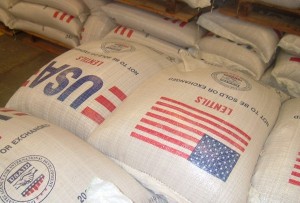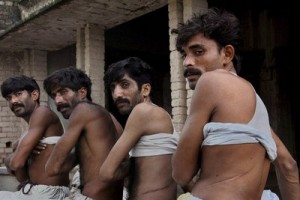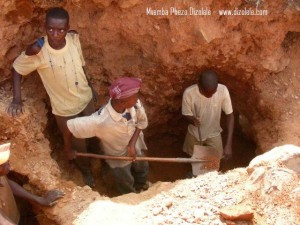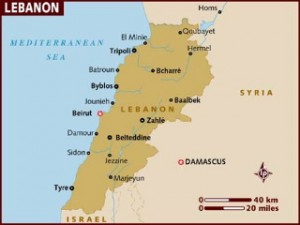Nowadays, Internet is our main source of information. We use the Internet to read the news, to communicate, but most of all, to learn. It is a powerful learning resource that is taking over the use we give to libraries and other onsite research sites. This week I was introduced to an interesting website that further confirmed this phenomenon.
 The Khanacademy.org is an online academy (see a detailed post about its origins) where videos of topics such as Algebra, Systematics, History, Money and Banking are available to the public. The videos quickly became very popular because with them any student has the possibility to review and practice any subject as much as they want. They now have the option to hear different explanations of the concepts they are learning in class and/or the topics that they don’t have a chance to learn. The online academy also allows you to thear the explanation of the same concept (like derivatives) explained over and over again, as much as you want, until you are sure that you understand the concept.
The Khanacademy.org is an online academy (see a detailed post about its origins) where videos of topics such as Algebra, Systematics, History, Money and Banking are available to the public. The videos quickly became very popular because with them any student has the possibility to review and practice any subject as much as they want. They now have the option to hear different explanations of the concepts they are learning in class and/or the topics that they don’t have a chance to learn. The online academy also allows you to thear the explanation of the same concept (like derivatives) explained over and over again, as much as you want, until you are sure that you understand the concept.
Free and online education has great advantages. As educational resources increase, education and knowledge become available to anyone who really wants to learn (and who also has a computer with an Internet connection). More education means more opportunities, and websites like the Khan Academy offer a potential to create those new opportunities.
In the Khan Academy website, you can actually practice and improve the skills that you are learning. So it effectively creates a virtual classroom, were the student is confronted with solving questions and problems. However, the Khan Academy is different from the normal classroom because the online academy adapts to the pace of each of student. The student is completely independent to pursue his own interests and improve himself as much as he wants too.
As I watched some of the videos, I was highly pleased to see that they do offer a good and fun explanation of many concepts, concepts as simple as addition and as complicated as a differential equation. I invite anyone who during college or high school struggles with math or with any other science (finance, biology, chemistry) to go to their website and tell me if you think it might be a useful resource for you to overcome any previous difficulties!
Online education, especially websites like the Khan Academy, are changing the classroom setup. On the bright side, it diminishes the number of students that are left behind. If students now have the opportunity to go back again and again to hear the explanation of a subject which they felt they didn’t master completely, it can improve the average grade of the entire classroom. In the standard classroom it is difficult for the teacher to adjust and readjust the class to the learning speed of every student. Some students are faster than others in understanding some concepts. Thus, this online academy may replace and alleviate the difficulties that many teachers face. But this may also lead to a decrease in the necessity of tutors and of private teachers. This would imply a reduction of jobs.
It is probable that as the “online academies” become more and more popular they’ll create more competition for the standard classroom. This is especially true when we consider how expensive education has become. If I can get education online for free, why pay for a diploma? However, I still think that the normal classroom has great importance not because it gives you a diploma but because it allows the direct interaction between students and teachers. The knowledge is transferred in a more direct way, and a relationship between teacher-student can develop. This is something that no video on YouTube could replace. I am sure that schools and universities that provide this direct contact between student and teachers will still remain a necessity for quite a long time.
Julia Naime (@julianasah) is a research intern at the SISGI Group. She is a senior at New York University majoring in Economics. During her internship, she is researching rural and international development and environmental policies. To learn more about the SISGI Group, please visit www.sisgigroup.org.












